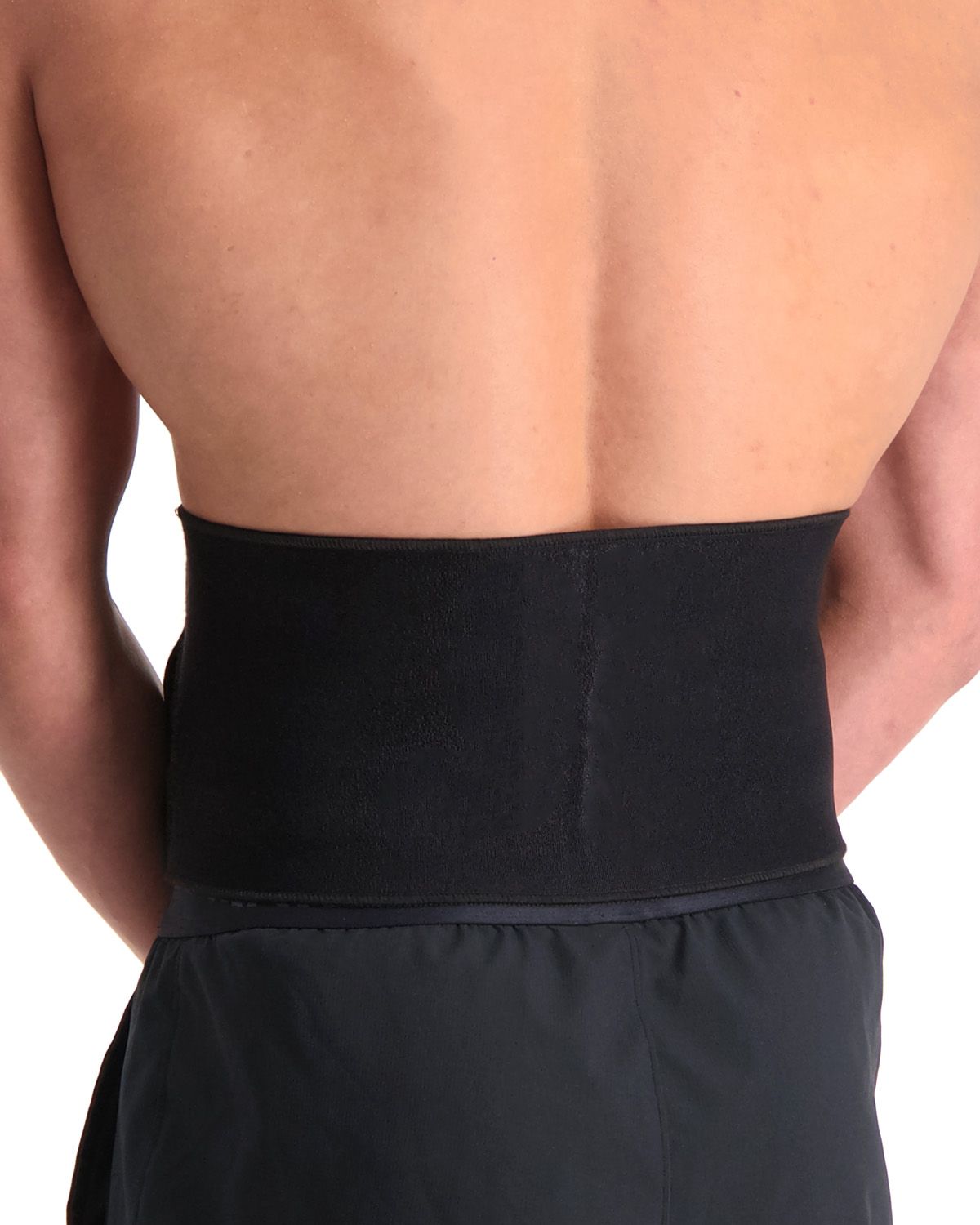Back injury
A back injury is often accompanied by pain in the lower back. There are several types. Curious to know more, including possible treatments? Feel free to read on—we’re happy to explain.
Which back injuries are common?
Back pain can occur after making a wrong movement, a fall, or due to overloading the back. A distinction can be made between specific and non-specific back pain. With specific back pain, the cause can be identified after examination. Examples include a herniated disc, a vertebral fracture, or a narrowing of the spinal canal. With non-specific back pain, no clear cause can be found.
How do I recognize a back injury?
In most cases, it’s difficult to pinpoint the exact cause of a back injury. It is believed that the muscles, ligaments, and bones in the back are not working together properly (temporarily). As a result, you may experience stiffness or a dull, nagging pain. Several factors can contribute to back pain, including:
- Stress
- Being overweight
- Physically demanding work
- Prolonged driving
- Frequent twisting and/or bending of the back
Treatment
If you're dealing with a back injury, it's important to minimize strain on your back and allow it to rest. However, it’s also important to keep moving. Lack of movement can increase stiffness in the back and worsen the symptoms. Wearing a back brace can provide support during the first few days. However, we advise removing it once the pain starts to decrease. Strengthening the back muscles is essential for long-term recovery.

Dunimed Back Support - with Busks (Black)

Dunimed Back Support (without Busks)

Gladiator Sports Back Support

Viofix Lower Back Support - Pelvic Belt

- Physiotherapist
- Sports podiatrist
- Manual therapist
- Podopostural therapist
- Myofascial dry needling specialist


